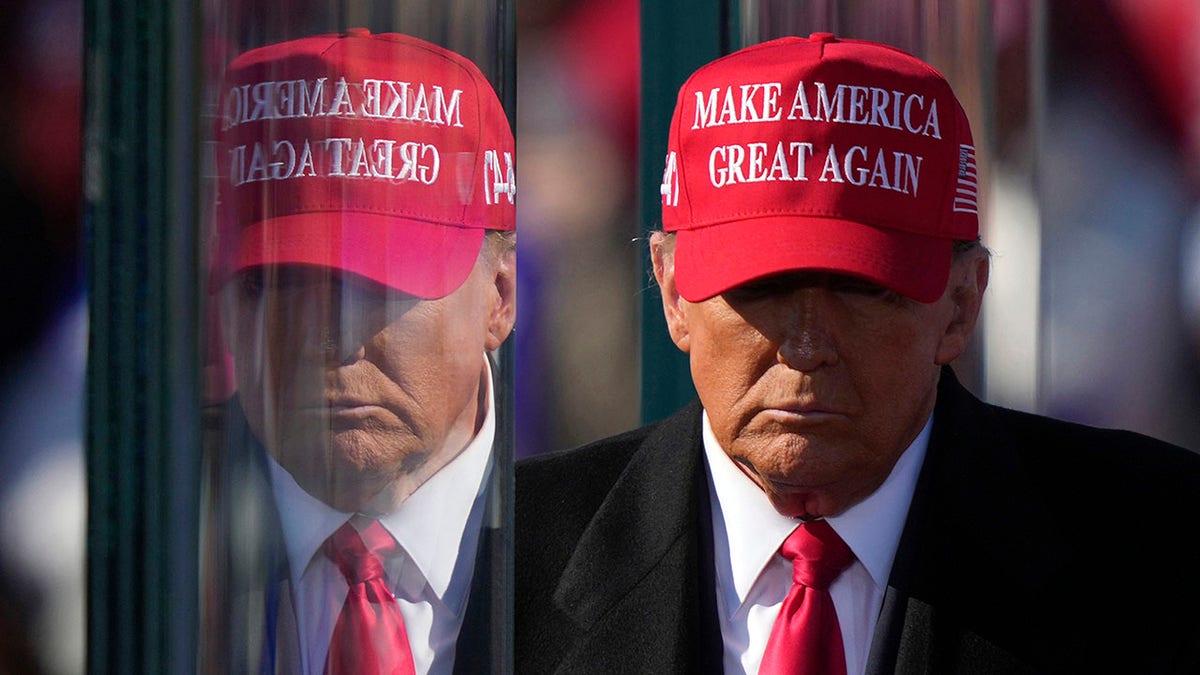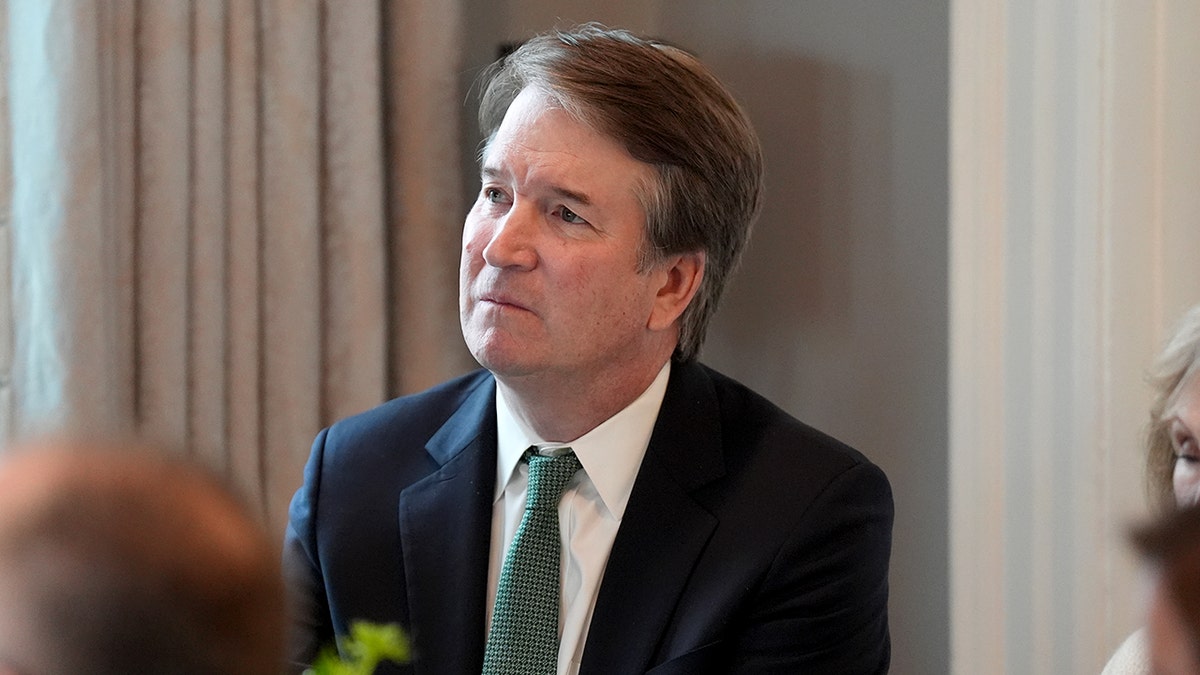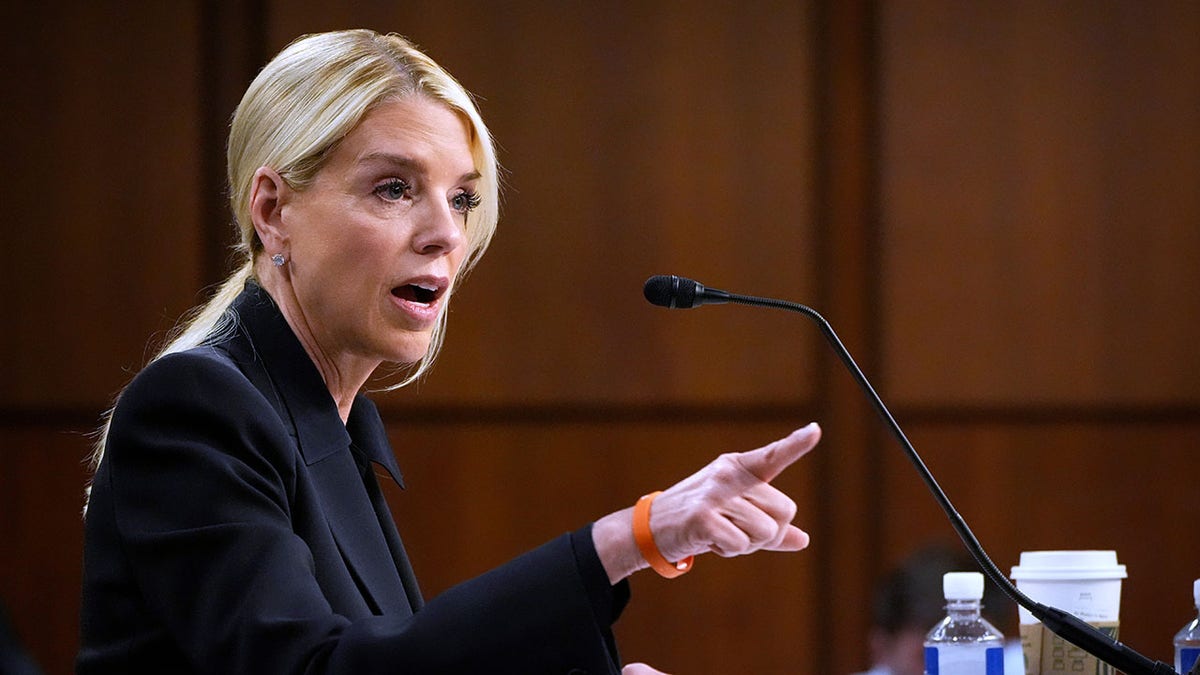Trump threat case raises questions about protecting political speech

NEWYou can now listen to Fox News articles!
The First Amendment won this week in a lawsuit against a man who repeatedly called for the assassination of President Donald Trump and openly fantasized about his violent demise.
A jury acquitted the man, Peter Stinson, of a charge of solicitation of a crime of violence, raising questions about when speech is constitutionally protected and when it becomes incriminating.
A former longtime Coast Guard officer, Stinson had called for someone to “shoot” in reference to Trump, according to court documents. “In reality, the only solution is violence,” Stinson wrote.
Stinson said he would “twist the knife after sliding it into (Trump’s) fatty flesh” and that he would “be willing to compete” for a hitman contract.
TED CRUZ DECLARES HATE SPEECH “ABSOLUTELY” PROTECTED BY FIRST AMENDMENT AFTER CHARLIE KIRK ASSASSINATION

Former Republican President Donald Trump is reflected in bulletproof glass as he finishes his speech at a campaign rally in Lititz, Pa., Sunday, Nov. 3, 2024. (AP Photo/Matt Rourke)
“He wants us dead. I can say the same thing about him,” Stinson wrote in another post during the height of the COVID-19 pandemic.
A defense witness, Professor Jen Golbeck of the University of Maryland, said people “cheering for Trump’s death online” is common.
“On the one hand, I would not encourage anyone to post these thoughts on social media,” Golbeck said, according to the Washington Post. “On the other hand, I can’t count the number of people I’ve seen posting similar things… It’s a very common sentiment. There are social media accounts dedicated to finding out if Trump is dead.”
Brennen VanderVeen, program counsel at the Foundation for Individual Rights and Expression, said one of the problems with the charges in Stinson’s case was that it was unclear who Stinson was soliciting to commit the crime.
“Solicitation is when it’s directly related to the crime. So if he contacts a real hitman and tries to make some sort of deal, that’s solicitation,” VanderVeen told Fox News Digital. “Without more… it probably doesn’t meet the elements of a genuine solicitation.”
Stinson’s lawyers argued in court papers that their clients’ messages were not threats but rather “political advocacy that the First Amendment was squarely designed to protect.”
“They lack the ‘specificity, imminence, and likelihood of producing unlawful action’ required to escape constitutional protection,” the lawyers said.
Threats against conservative SCOTUS judges and Obama
The jury’s acquittal, which was returned quickly after a two-day trial, comes at a time when political violence is in the spotlight, particularly in the wake of the killing of conservative activist Charlie Kirk, a spate of recent violence against immigration enforcement agents and Republican and Democratic political figures who are continually under threat.
A person convicted of attempting to assassinate Justice Brett Kavanaugh had taken concrete steps by searching the Internet for mass shootings, discussing the murder of a Supreme Court justice in Internet chats, and showing up armed at Kavanaugh’s home in 2022.
Man who participated in January 6 riot found guilty by a judge in a separate case involving gun charges and hoax threats targeting former President Barack Obama. He was sentenced this week to prison after filming himself live in the former president’s neighborhood and saying he was “working on a detonator.” He was found with a machete and illegal weapons.
Amid a looming constitutional review, another man is accused of threatening federal judges by sending hundreds of disturbing messages through the Supreme Court’s website referencing the graphic killings of several justices. He tried to have his case dismissed due to First Amendment concerns, but a judge denied the request, saying a jury should weigh that argument.
REMARKS ON BONDI’S “HATE SPEECH” DISMAKES TORRENT OF CRITICISM FROM CONSERVATIVES

Supreme Court Justice Brett Kavanaugh watches Taoiseach Micheal Martin speak at a breakfast in Washington, DC, Wednesday March 12, 2025. (Niall Carson/PA Images via Getty Images)
Presidents, senators, House members, and other political figures regularly speak out about a range of threats, whether in public forums or through direct messages.
High Court greenlights ‘vituperative’ language
A legal test in these cases came in 1969, when the Supreme Court ruled in favor of a protester who allegedly told a group of people, while discussing his enlistment for the Vietnam War, that if he were given a rifle, the first man he wanted to kill was President Lyndon Johnson. His remark was political hyperbole rather than a “genuine threat”, the High Court ruled.
“What constitutes a threat must be distinguished from what constitutes constitutionally protected speech,” the majority wrote. “The language of the political arena… is often insulting, abusive and inaccurate.”
Stinson was initially charged with two counts of threatening the president, but the DOJ changed course and brought the single charge of solicitation against him.
Justice Department lawyers argued that Stinson’s incessant violent comments about
Kirk encourages examination of ‘hate speech’
In the case of Kirk’s murder, blame was pointed. Republicans blamed inflammatory rhetoric from Kirk’s political opponents for inciting his death.
Attorney General Pam Bondi stoked the conversation by saying in an interview after Kirk’s death that the DOJ would “absolutely target you, prosecute you if you target somebody with hate speech.” Bondi later walked back her comment, saying speech that “crosses the line into threats of violence” is punishable by law.

Attorney General Pam Bondi. (AP Photo/Mark Schiefelbein)
In cases of incitement to violence, according to VanderVeen, speech remains protected because of the lack of connection between the words and the attack.
CLICK HERE TO GET THE FOX NEWS APP
“Incitement is more about imminence… How much time should elapse between this person’s speech and the unlawful act of violence?” VanderVeen said, pointing out that inciting violence usually involves addressing a crowd.
“If someone says, ‘Violence is a good thing,’ but there’s no lawless action imminent, someone else has to say, ‘This guy’s right, this violence is a good thing. I’m going to start doing violence,'” VanderVeen said. “At this point, it is the person committing the violence who is responsible.”



